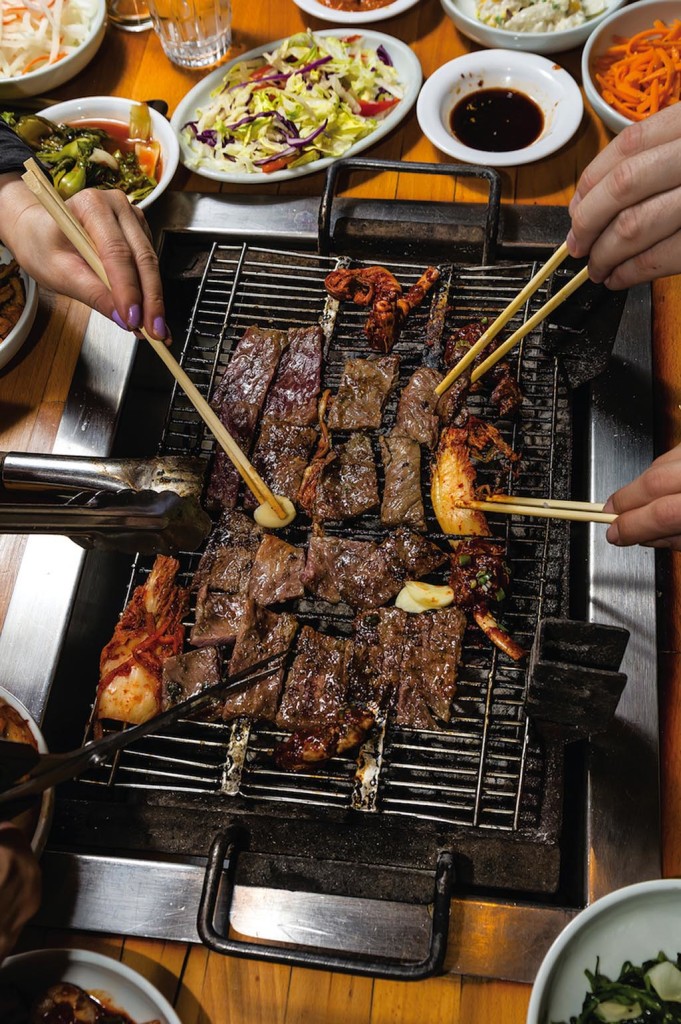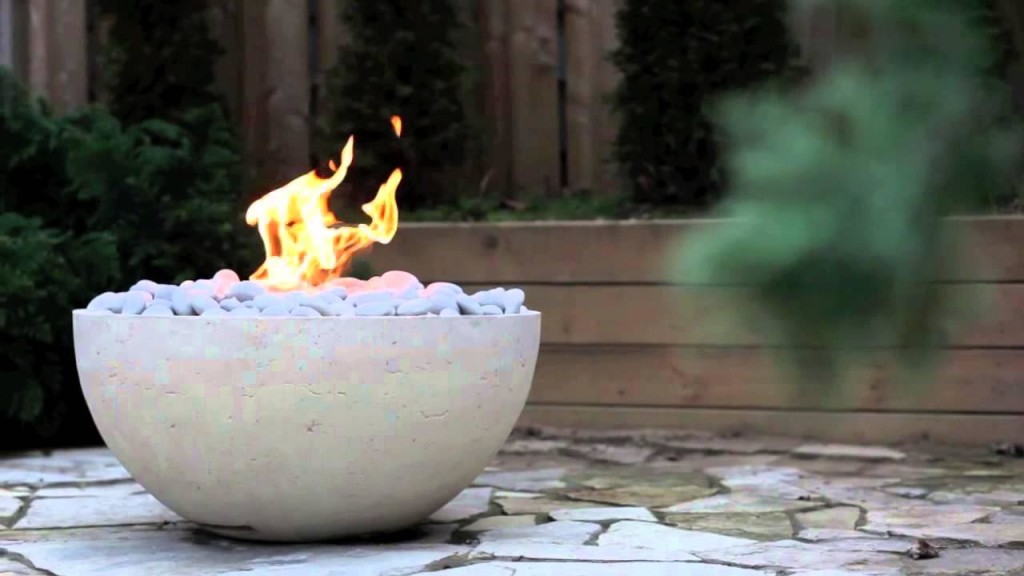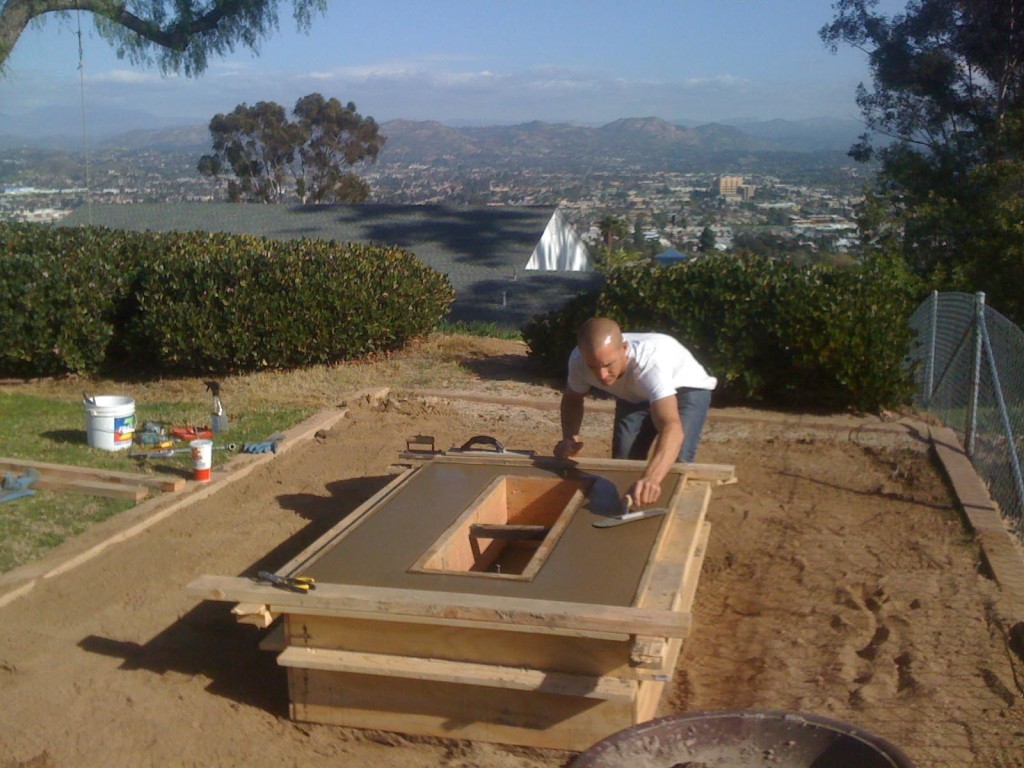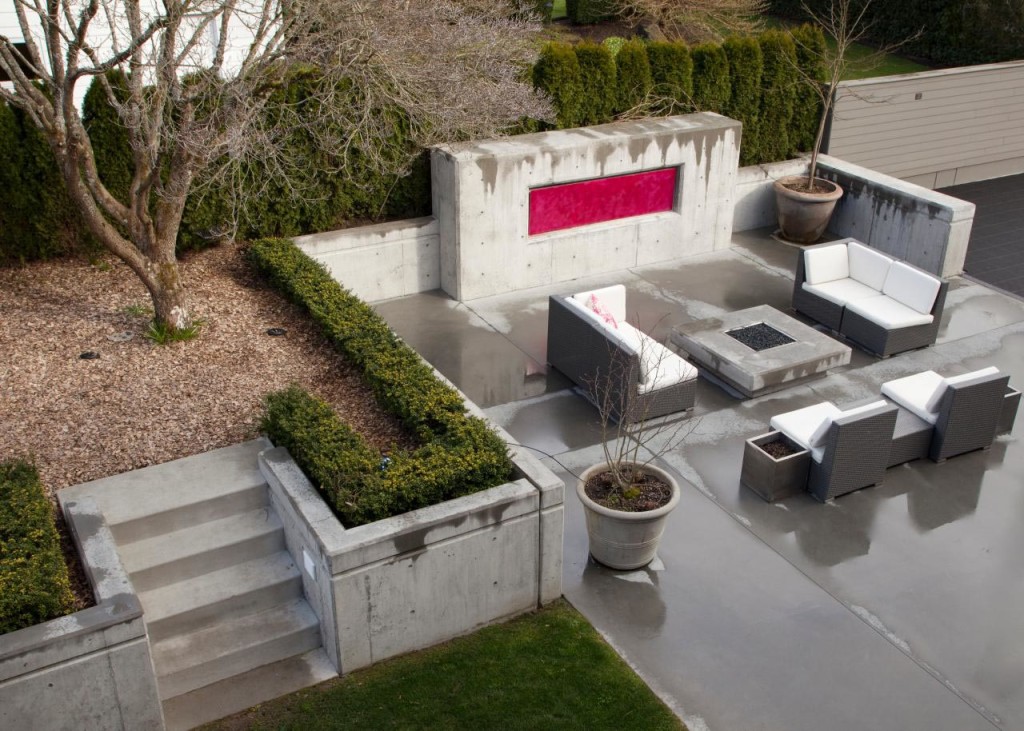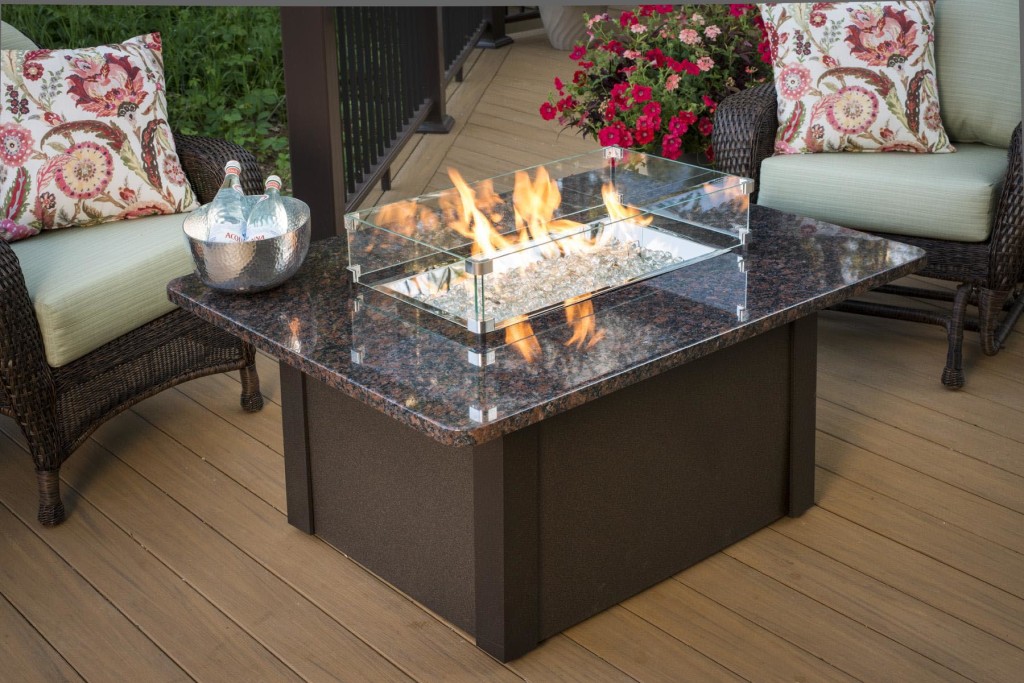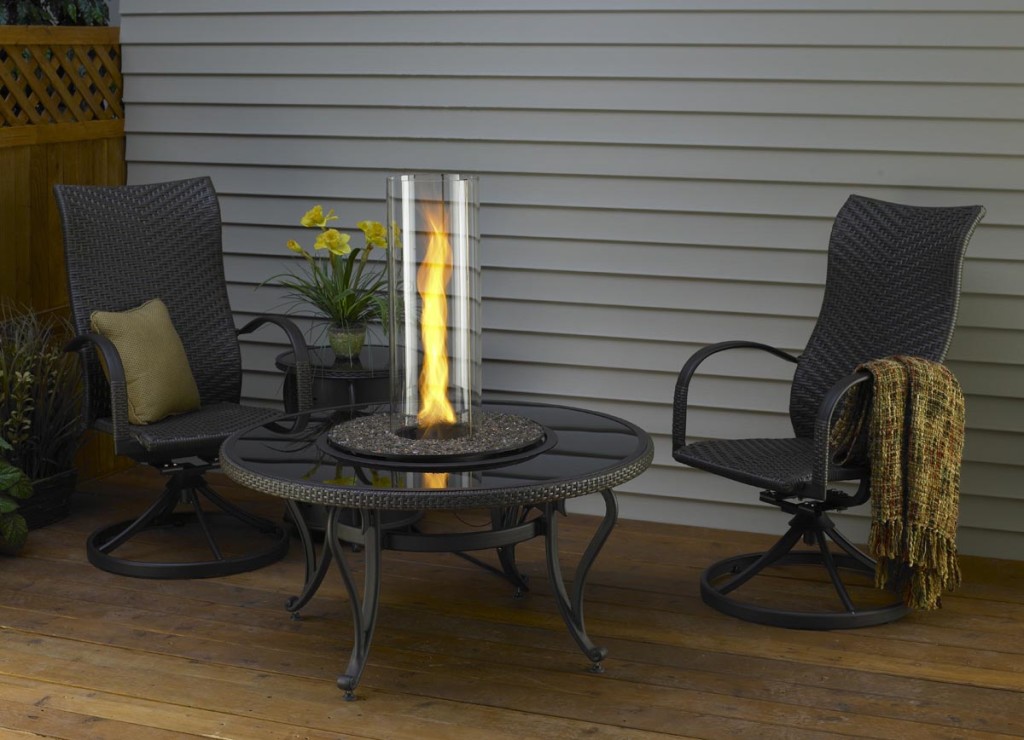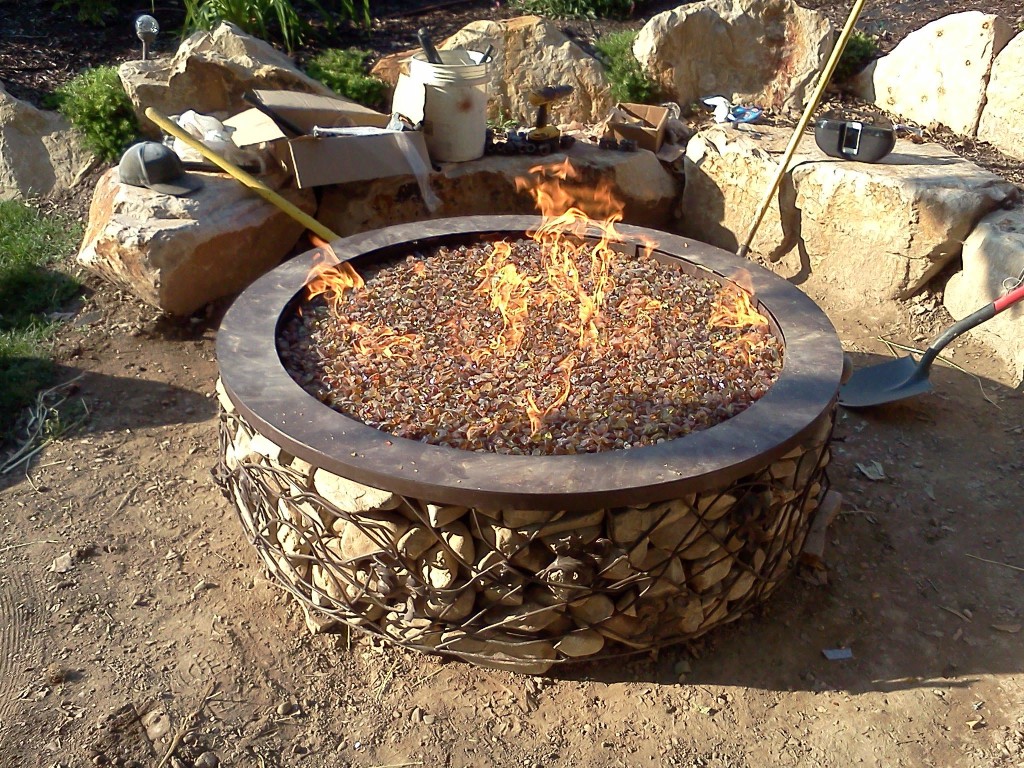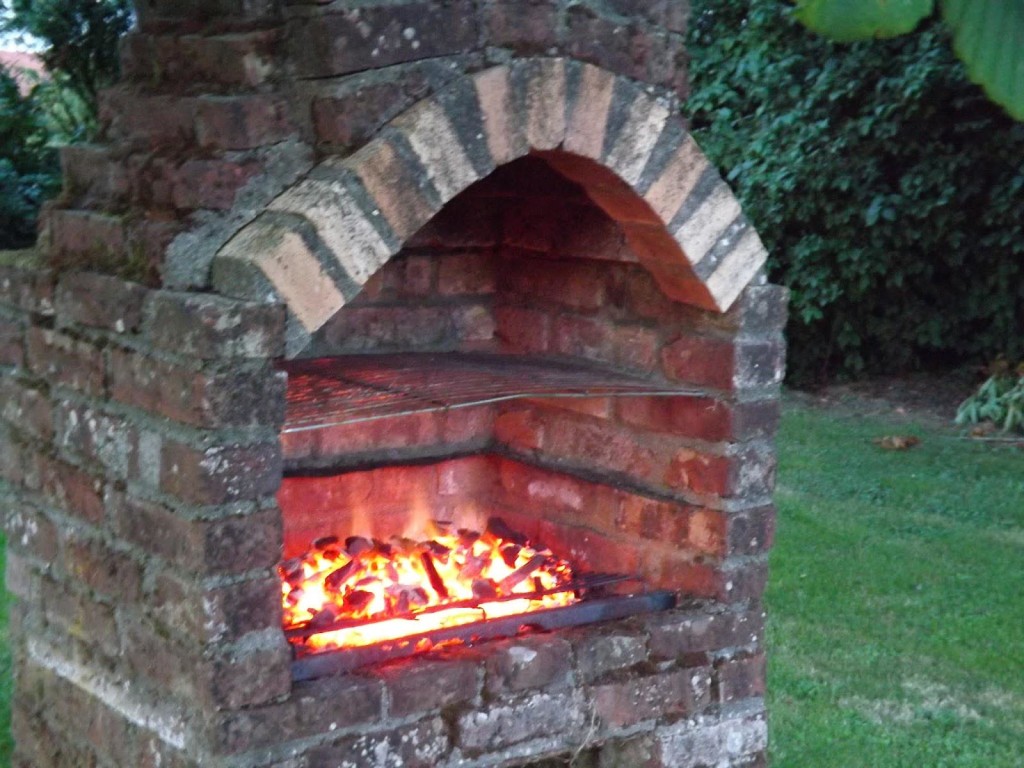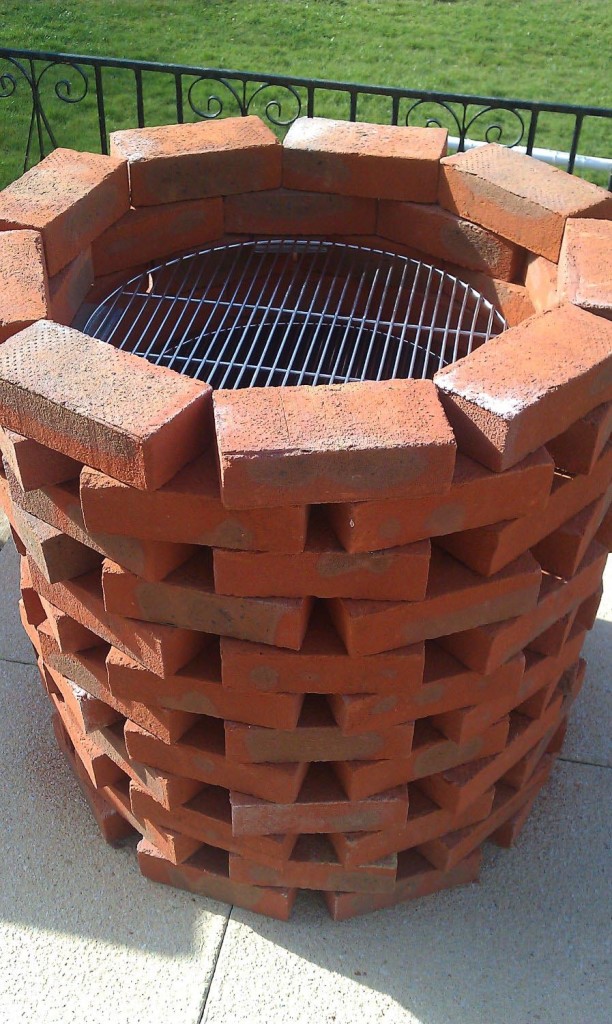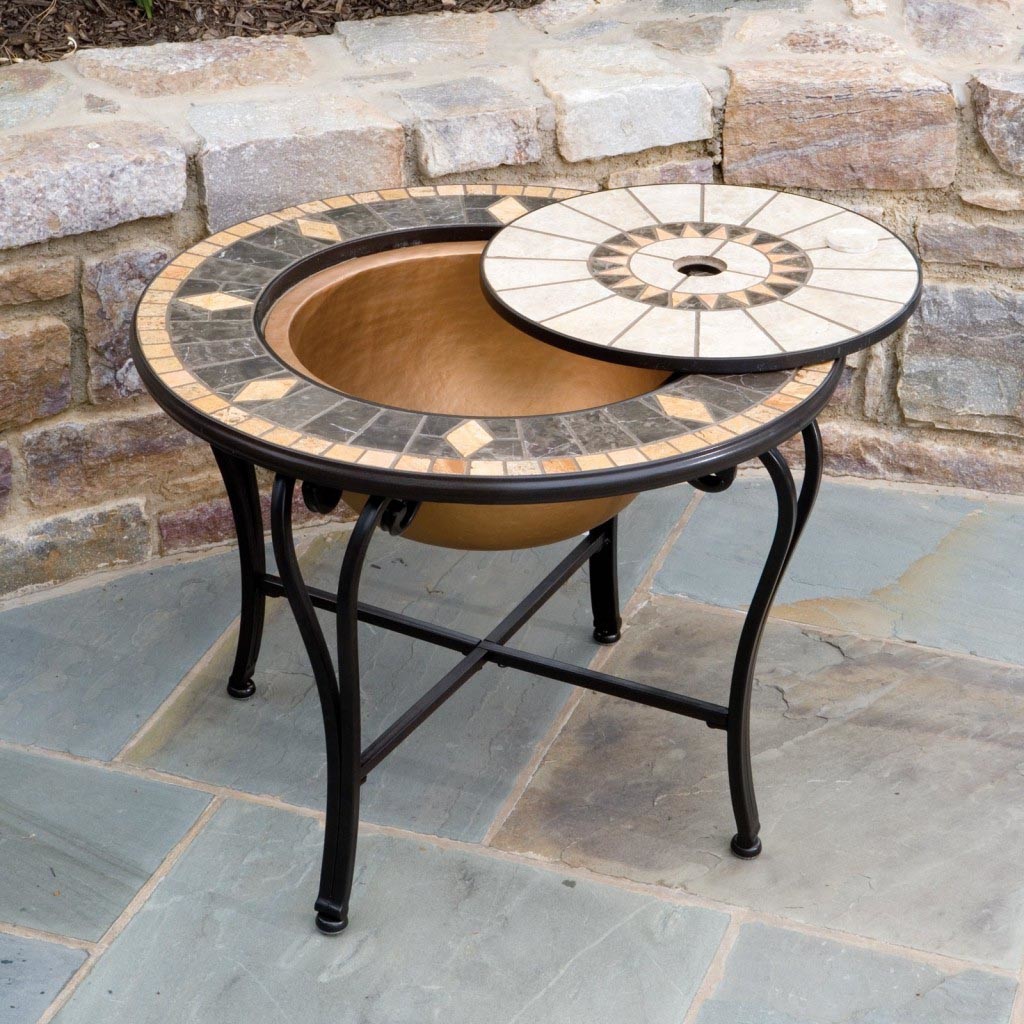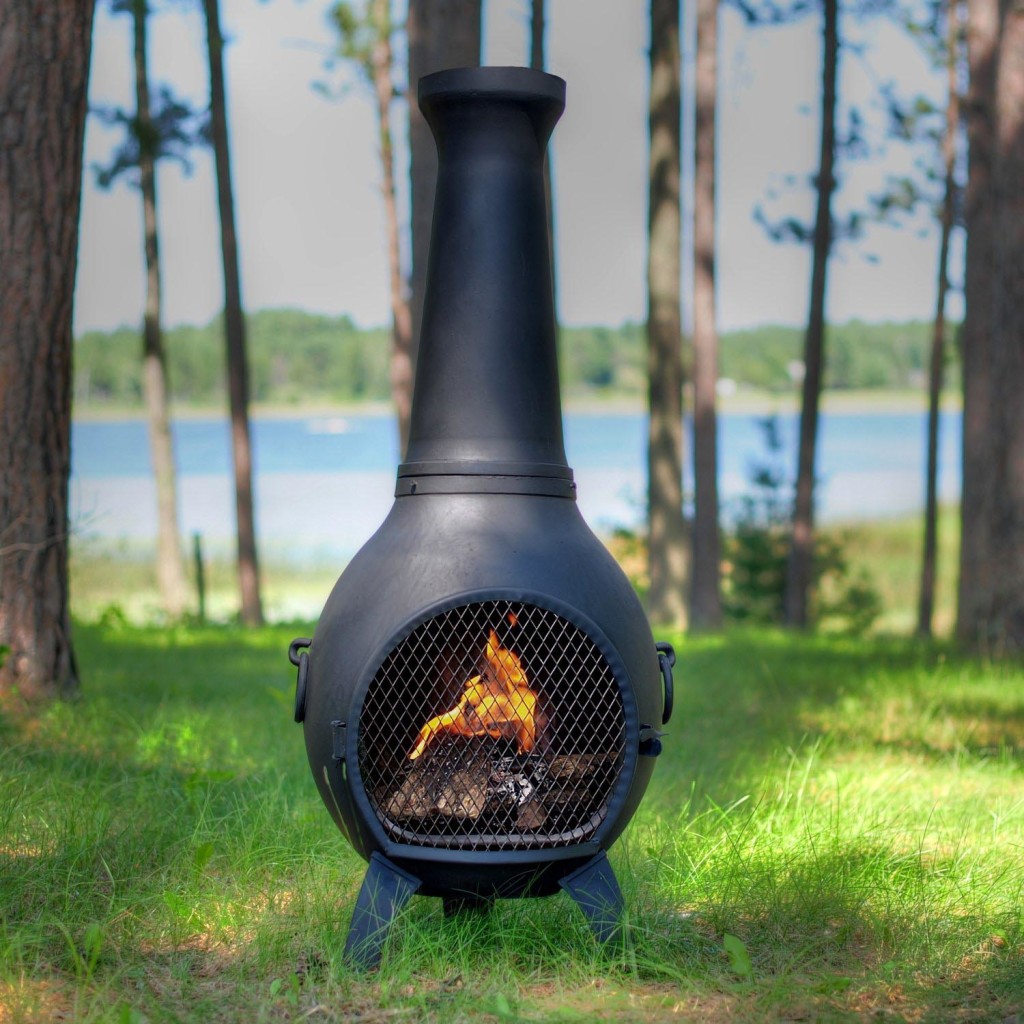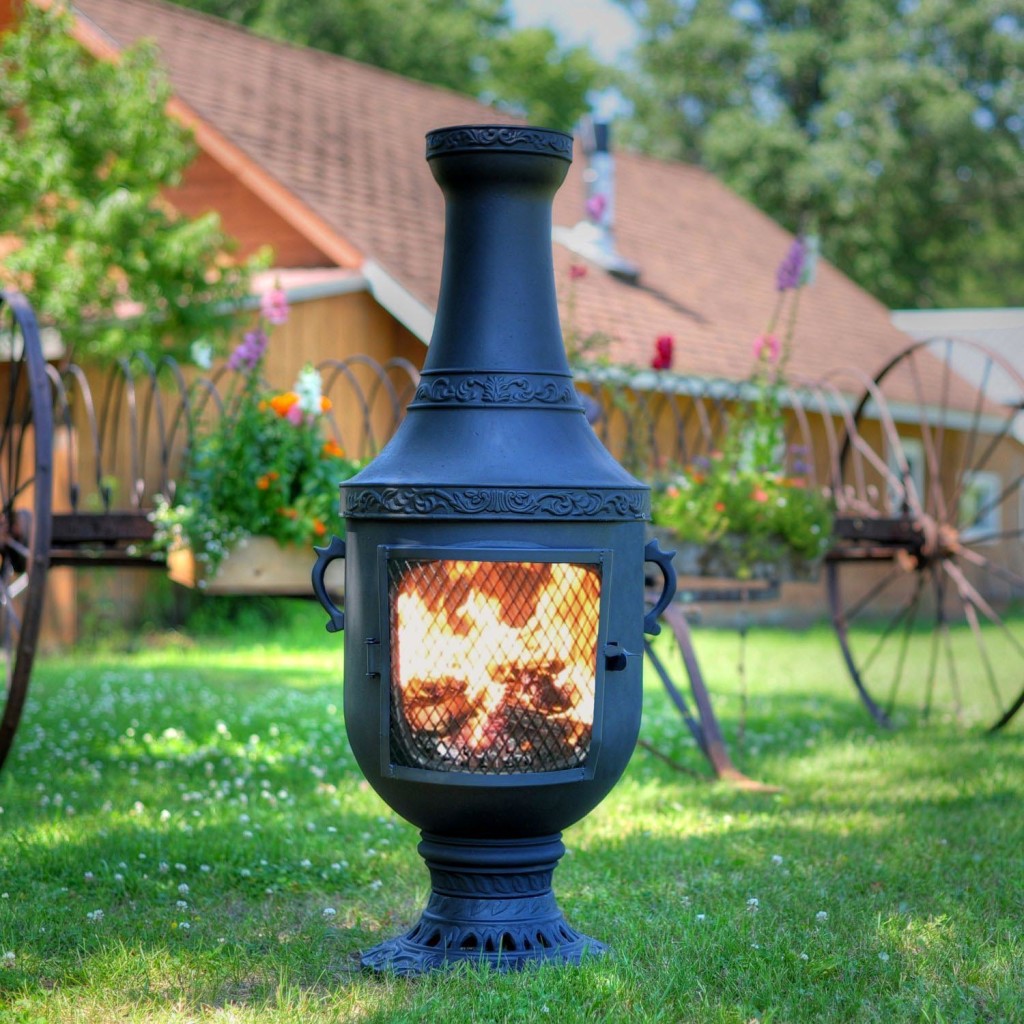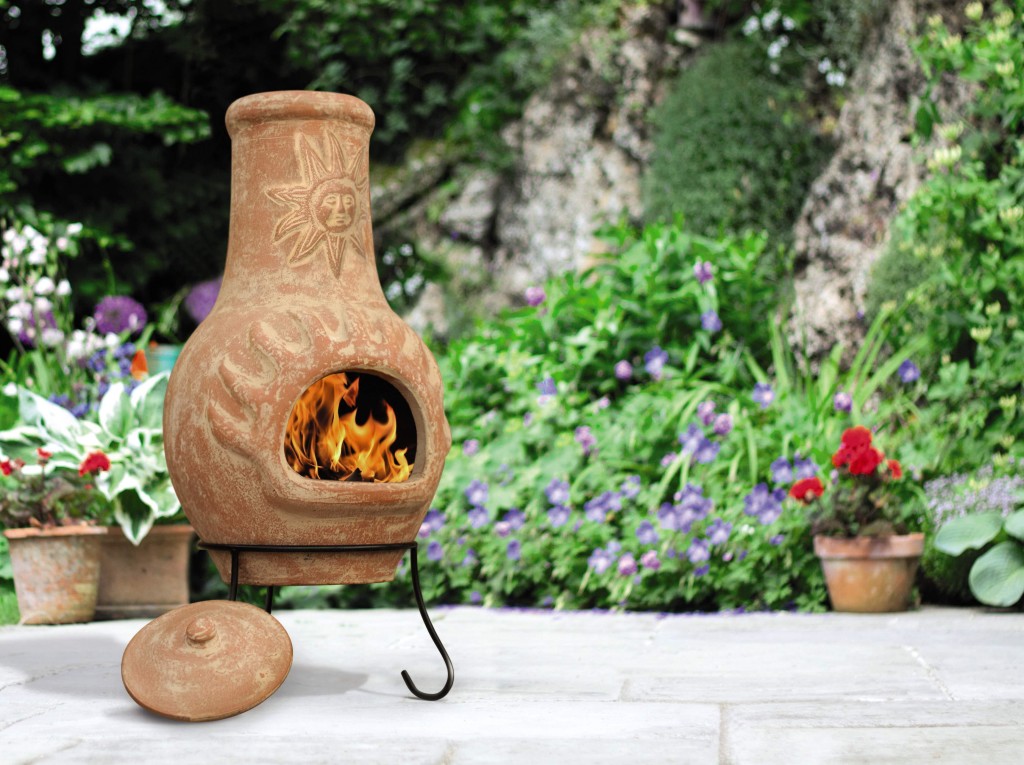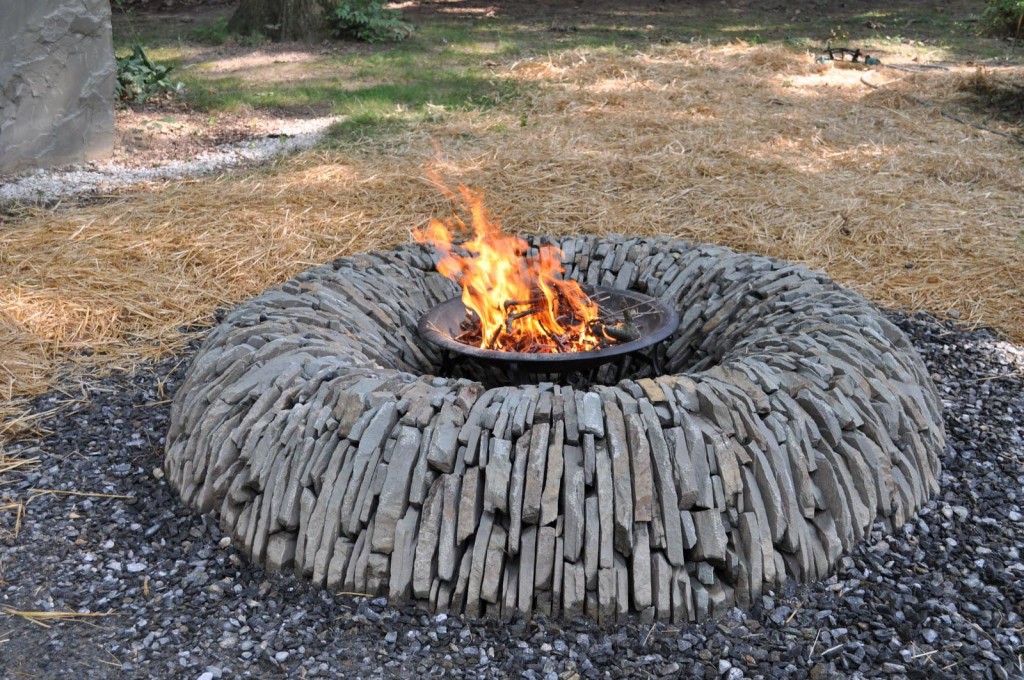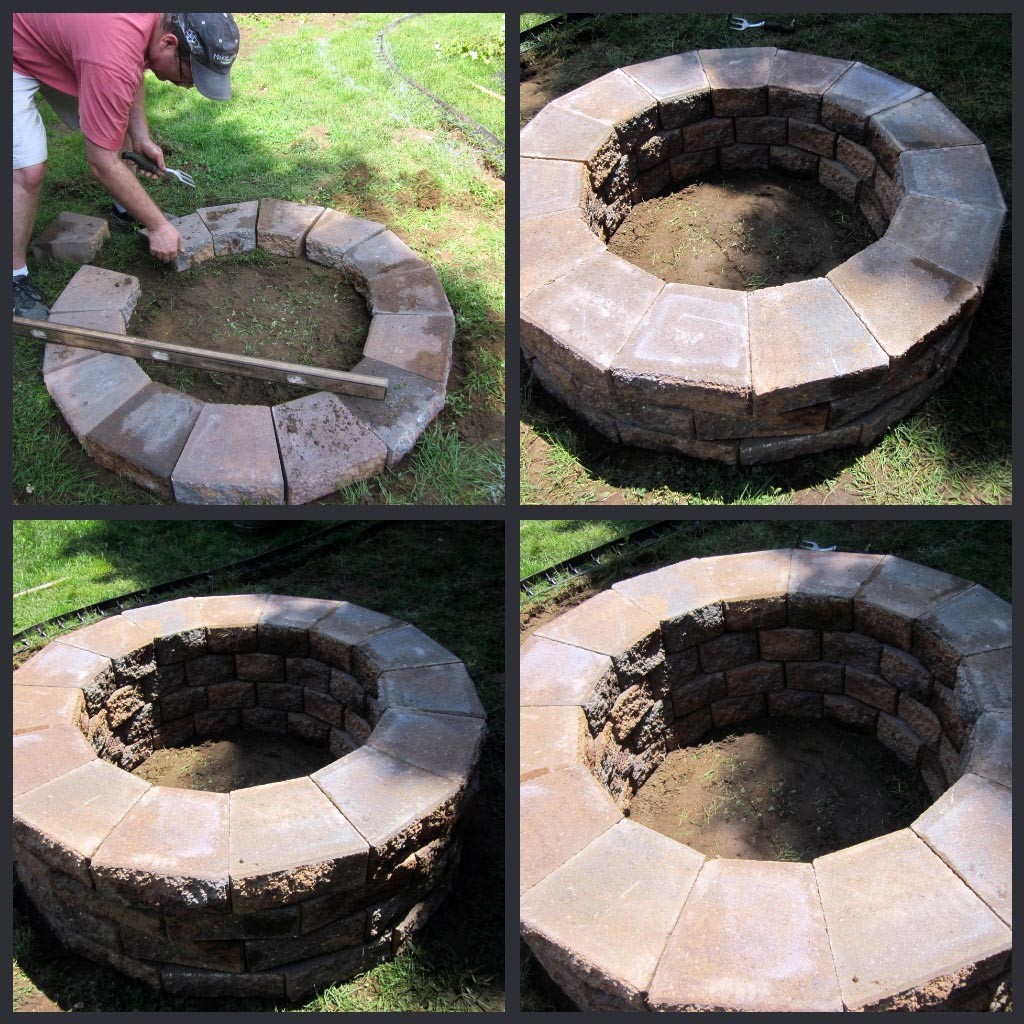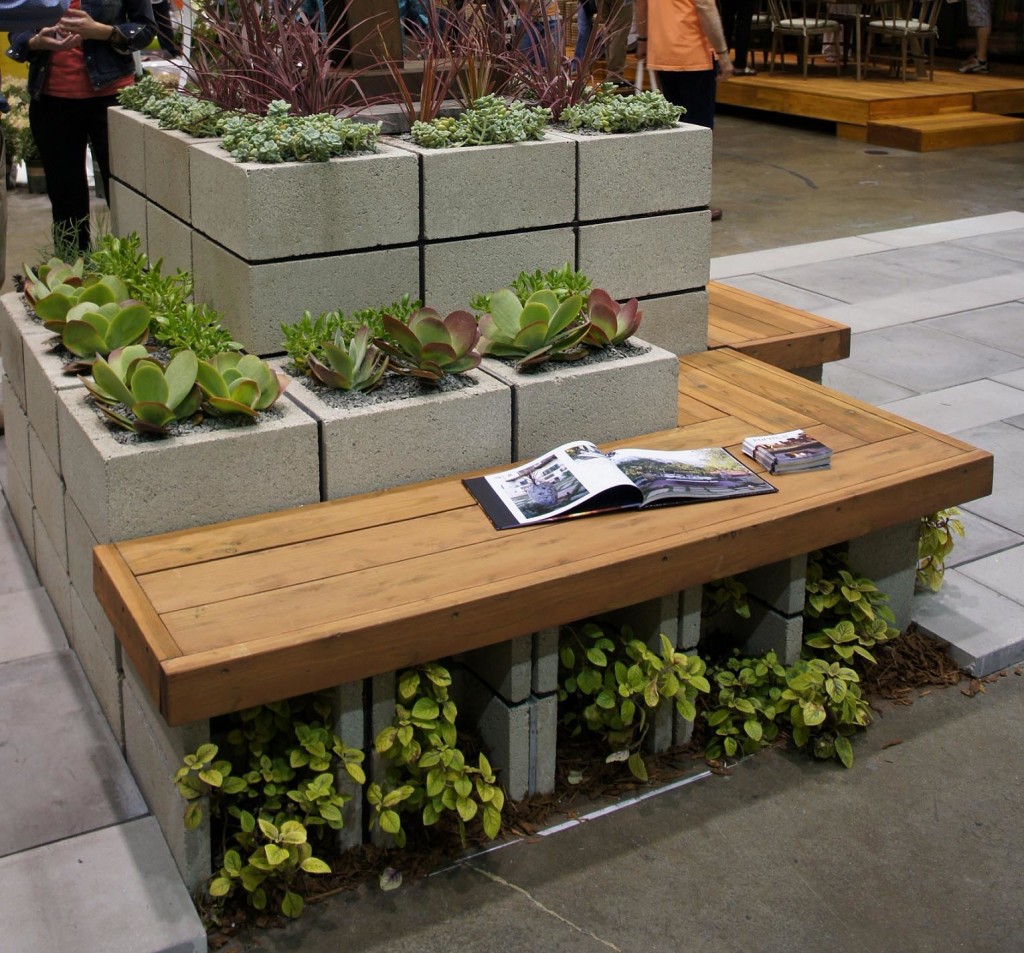A fire pit bench is an excellent addition to any outdoor gathering space, offering both functionality and comfort. Not only does it provide ample seating for guests, but it also creates a cozy, communal environment around the fire pit, where everyone can enjoy the warmth and camaraderie of a shared flame. Whether you’re hosting a casual evening with friends or spending a relaxing night with family, a fire pit bench enhances the overall experience, making it more enjoyable and social.





Benefits of a Fire Pit Bench:
- Maximizes Seating: One of the main advantages of a fire pit bench is its ability to seat more people than traditional chairs or smaller seating options. By surrounding the fire pit with a bench, you can create a larger and more inclusive space for everyone to gather around, making it perfect for group events or family get-togethers.
- Comfort and Convenience: Benches are often more comfortable and relaxed than individual chairs, especially for extended periods of sitting. Plus, they can be built to accommodate many people at once, so no one has to sit far from the fire, ensuring a more intimate setting.
- Nostalgic Feel: A fire pit bench creates a nostalgic, campfire-like atmosphere, reminiscent of summer nights spent around a bonfire. This old-school charm adds to the warmth and appeal of your backyard or patio.
- Customization Options: Fire pit benches come in various designs, from traditional straight styles to more modern curved options. Some benches even have backs for added comfort, while others might be designed to fit snugly around a circular fire pit for a more cohesive look.
- Affordable and DIY-Friendly: Building a fire pit bench yourself is not only cost-effective, but it’s also a fun and rewarding project. With just a few basic materials, you can create a custom bench that perfectly fits your space and style.





Design Ideas for Fire Pit Benches:
- Straight and Simple Bench: The most basic and classic option, a straight bench is easy to build and doesn’t require a lot of extra effort. This design works well if you have a rectangular or square fire pit and want to create a simple seating arrangement.
- Curved Fire Pit Bench: For a more stylish, seamless look, a curved fire pit bench is ideal for round or circular fire pits. This design allows you to maximize the seating around the fire and adds a visually appealing touch to your outdoor space.
- Bench with Back: If you prefer extra comfort, a fire pit bench with a backrest is a great option. It provides support for your back, making it more comfortable for long periods of sitting. This style can be easily customized to fit your fire pit’s size and shape.
- Modular Benches: If you want flexibility, you can create modular benches that can be moved or rearranged as needed. These can be used to create different seating configurations depending on the size of the group or the layout of your fire pit area.
- Add Soft Cushions: To make your bench even more comfortable, consider adding soft cushions or throw pillows. These can be placed on top of the bench, especially if you’ve chosen a hard surface like wood or metal. Not only will they add extra comfort, but they’ll also bring a pop of color and style to the space.
DIY Fire Pit Bench:
Building your own fire pit bench is a relatively easy and affordable project that anyone with basic woodworking skills can complete. Here’s how you can do it:
Materials Needed:
- Wooden planks and bars (for the seat and legs)
- Screws and electric screwdriver
- Wood finish or paint (optional)
- Saw (for cutting the wood to size)
- Measuring tape
- Wooden brackets (optional for added stability)
Steps:
- Plan and Measure: First, determine the dimensions of your fire pit bench. Consider how many people you want it to seat and how much space is available around your fire pit. Use a measuring tape to plan the exact size and shape of your bench.
- Cut the Wood: Once you have your measurements, cut the wooden planks and bars to the appropriate sizes. You’ll need enough wood to create the seat, legs, and back (if desired). You can either cut the wood yourself or have it pre-cut at the hardware store.
- Assemble the Bench: Start by attaching the legs to the seat using screws. If you’re adding a backrest, measure and attach the back support to the seat. Use a level to ensure everything is aligned properly before screwing the pieces together.
- Finishing Touches: If you want a polished look, apply a finish or paint to the wood to protect it from the elements. This will also help enhance the appearance of the bench and ensure it lasts longer.
- Install and Enjoy: Place your fire pit bench around your fire pit, making sure it’s positioned safely and comfortably for your guests. Add cushions or decorative pillows for extra comfort and style.
Conclusion:
A fire pit bench is a fantastic way to enhance your outdoor space by offering comfortable seating while creating a warm, inviting atmosphere around your fire pit. Whether you opt for a simple DIY design or choose a more elaborate, store-bought bench, it’s a great way to make your fire pit area more functional and stylish. With the added benefit of maximizing seating, a fire pit bench ensures that everyone can enjoy the warmth and beauty of the fire together. Plus, it’s an affordable and easy DIY project that anyone can tackle with basic materials and tools.










